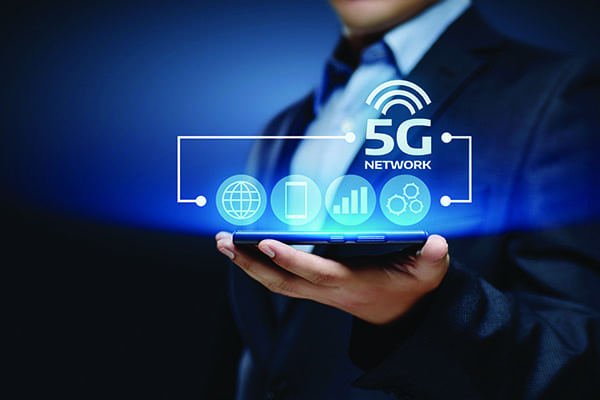Welcome to the dawn of a new era in connectivity—5G technology is poised to revolutionize how we connect and interact with the world around us. This article delves into the transformative potential of 5G, exploring its impact on communication, industries, and the overall technological landscape.
Evolution Beyond Traditional Networks
5G represents a significant leap forward from previous network generations. With faster speeds, lower latency, and increased bandwidth, 5G promises an era of seamless connectivity, transforming how we communicate and access information.
Enhanced Speeds and Lower Latency
The remarkable speed and reduced latency of 5G networks offer unparalleled opportunities. It enables lightning-fast downloads, near-instantaneous web browsing, and supports applications like augmented reality (AR), virtual reality (VR), and real-time gaming experiences.
Internet of Things (IoT) Expansion and Connectivity
5G’s capabilities will propel the expansion of the Internet of Things. The increased capacity and reliability of 5G networks will facilitate the interconnectivity of devices, paving the way for smarter cities, autonomous vehicles, and efficient industrial processes.
Empowering Industry Innovations
Industries across sectors will harness 5G’s potential for innovation. From healthcare and manufacturing to transportation and entertainment, 5G’s high-speed, low-latency connectivity will revolutionize processes and open doors to new possibilities.
Impact on Remote Work and Telemedicine
The widespread adoption of remote work and telemedicine will benefit from 5G technology. The robust connectivity will enable seamless video conferencing, remote diagnostics, and real-time collaboration regardless of geographical distances.
Infrastructure Development and Challenges
Deploying 5G requires substantial infrastructure development. While promising, challenges such as infrastructure costs, coverage expansion, and regulatory considerations need addressing for widespread adoption.
Future Applications and Possibilities
The future holds boundless opportunities with 5G. Expect advancements in smart cities, autonomous vehicles, immersive experiences, remote surgery, and innovations yet to be imagined, all powered by 5G’s transformative capabilities.
Conclusion
5G technology heralds an era of unprecedented connectivity and innovation. Its faster speeds, lower latency, and expanded capacities will not only redefine how we communicate but also transform industries, paving the way for a more connected, efficient, and technologically advanced world.

FAQs
- What distinguishes 5G technology from previous network generations? 5G offers significantly faster speeds, lower latency, and increased network capacity compared to its predecessors, enabling faster downloads, seamless connectivity, and supporting emerging technologies like IoT and AR/VR.
- How will 5G impact industries like healthcare and manufacturing? In healthcare, 5G enables remote diagnostics, telemedicine, and real-time patient monitoring. In manufacturing, it facilitates automation, predictive maintenance, and enhanced operational efficiency.
- What challenges might hinder the widespread adoption of 5G? Challenges include infrastructure costs, coverage expansion to rural areas, regulatory considerations, and addressing potential security and privacy concerns associated with the deployment of 5G networks.
- Can 5G support applications beyond faster internet speeds? Absolutely. 5G’s capabilities extend to powering smart cities, autonomous vehicles, immersive experiences like AR/VR, remote surgery, and enabling innovations in various industries, fostering a more connected and efficient world.
- How can individuals benefit from 5G technology in their daily lives? With 5G, individuals can experience faster downloads, smoother streaming, enhanced video calls, seamless IoT connectivity at home, and access to more advanced applications and services on their devices.
